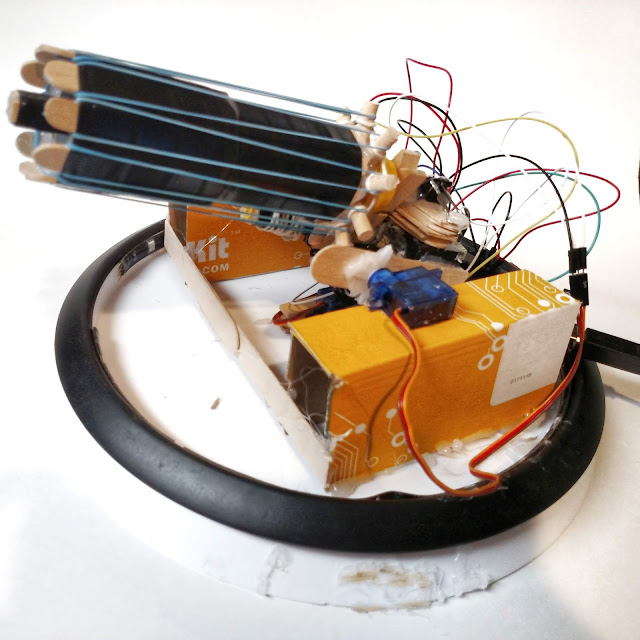Make Your Own Arduino Library
In this project I will demonstrate how to make your own Library.#include <LiquidCrystal.h> #include <Servo.h>
Step 1: Software
There is plenty of specialized software you can use for this, but your basic text editor like Notepad should work.
Step 2: Arduino Code
This is a basic Blink sketch to toggle the on-board LED:
void setup() {
pinMode(13, OUTPUT);
}
void loop() {
digitalWrite(13, HIGH);
delay(1000);
digitalWrite(13, LOW);
delay(1000);
}
Step 3: Make a Library
- Locate your "libraries" folder. (Arduino > libraries)
- Make a new folder entitled "MyLibrary" - but leave out the quotation marks
- Within the folder you just made, create a new .txt documents called "BlinkLED"
- Save the file with a .h extension
- Repeat with a .cpp extension
Code to go in the .h file:
/*This file is what the .cpp file looks for when it runs*/ #include "Arduino.h" void blinkLED(int pin, int delayTime);
Code to go in the .cpp file:
/*This is where you write the code you want to run*/
#include "Arduino.h"
#include "BlinkLED.h"
void blinkLED(int pin, int delayTime){
pinMode(pin, OUTPUT);
digitalWrite(pin, HIGH);
delay(delayTime);
digitalWrite(pin, LOW);
delay(delayTime);
}
Now save both files and exit.
Step 4: Include Library

Close the Arduino IDE and reopen it. Go to Sketch > Include Library and scroll down to "Contributed Libraries." You should see one called MyLibrary. Click on it, and you should see:
If the above code appears, then you're good to go. Just upload the rest of the code.#include <BlinkLED.h>
#include <BlinkLED.h>
void setup() {
}
void loop() {
blinkLED(13, 500); //pin, frequency in milliseconds
}




